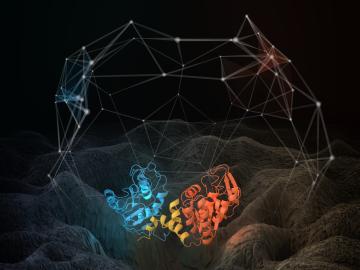Filter News
Area of Research
- (-) Neutron Science (7)
- (-) Supercomputing (11)
- Advanced Manufacturing (4)
- Biological Systems (4)
- Building Technologies (2)
- Chemistry and Physics at Interfaces (3)
- Clean Energy (46)
- Energy Frontier Research Centers (4)
- Fossil Energy (1)
- Functional Materials for Energy (3)
- Geographic Information Science and Technology (1)
- Isotope Development and Production (1)
- Materials (42)
- Materials Synthesis from Atoms to Systems (2)
- Materials Under Extremes (3)
- Nuclear Science and Technology (6)
- Quantum Condensed Matter (1)
- Reactor Technology (1)
- Transportation Systems (3)
News Type
Media Contacts

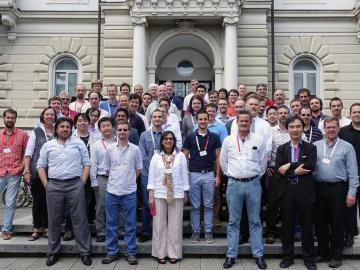
Leaders in hybrid accelerated high-performance computing (HPC) in the United States (U.S.), Japan, and Switzerland have signed a memorandum of understanding (MOU) establishing an international institute dedicated to common goals
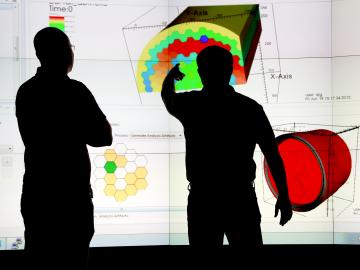
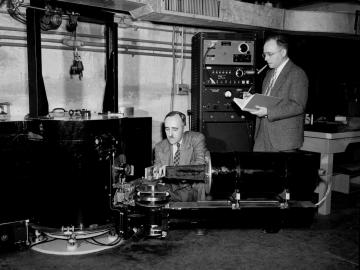
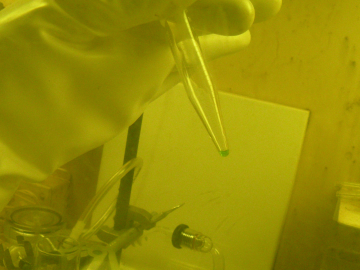
The International Union of Pure and Applied Chemistry (IUPAC) Inorganic Chemistry Division has published a Provisional Recommendation for the names and symbols of the recently discovered superheavy elements 113, 115, 117, and 118.
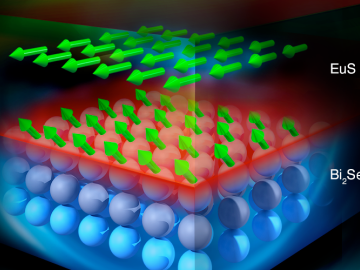

Four Oak Ridge National Laboratory researchers specializing in environmental, biological and computational science are among 49 recipients of Department of Energy's Office of Science Early Career Research Program awards. The Early Career Research Program, now in its ...
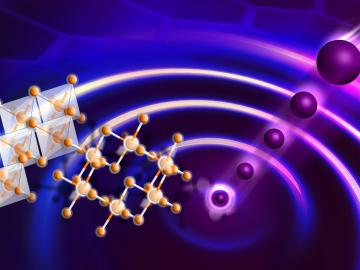
Researchers at the Department of Energy’s Oak Ridge National Laboratory used neutrons to uncover novel behavior in materials that holds promise for quantum computing. The findings, published in Nature Materials, provide evidence for long-sought phenomena in a two-dim...
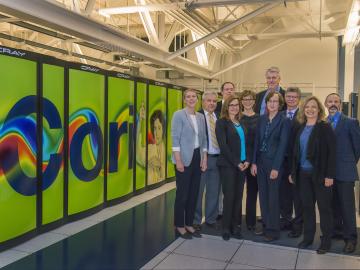
The Department of Energy’s Oak Ridge National Laboratory will support four new industry projects announced today as part of DOE’s High Performance Computing for Manufacturing (HPC4Mfg) Program. The program pairs selected companies with national labs, including ORNL...
